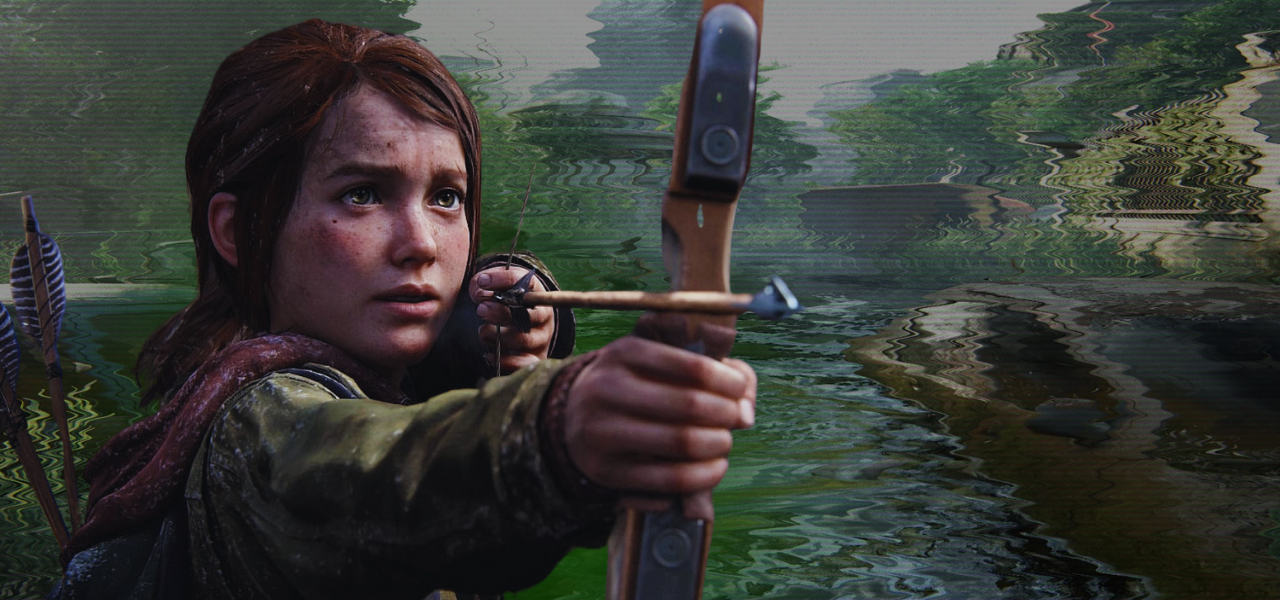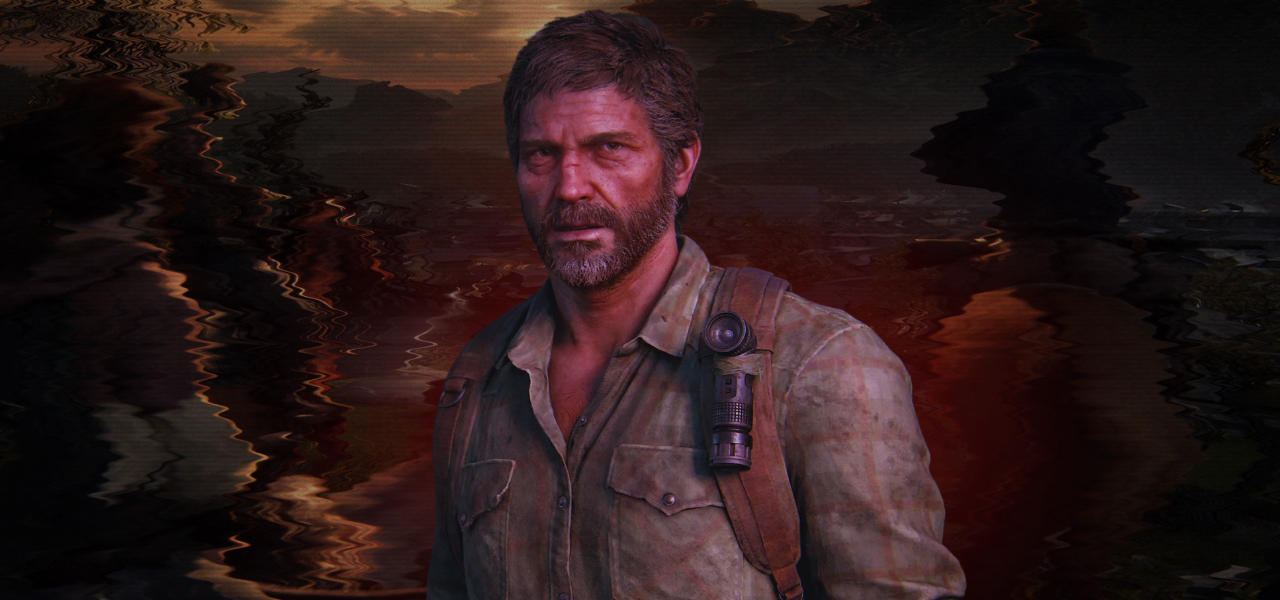The Last of Us Part I
The Last of Us Part I is more than just a remake of a cult classic—it’s a reimagining of a masterpiece that set a new standard in the gaming industry. A post-apocalyptic America devastated by a pandemic, a brutal world where survival is a daily battle, and a gripping story of Joel and Ellie, who, despite loss and betrayal, find a reason to keep moving forward. With enhanced graphics, reworked animations, improved AI for both enemies and allies, and expanded accessibility features, this version allows players to relive one of the most emotional and intense stories in gaming. Are you ready to step into this dangerous world?
Basic Info: A Masterpiece or an Unnecessary Remake?

The Last of Us Part I is a full remake of the famous 2013 game, released by Naughty Dog in 2022 for PlayStation 5 and in 2023 for Windows. This remake brings the original story to modern gaming standards. The developers completely updated the graphics, animations, lighting, and enemy AI to make the world feel more real and immersive.
The game takes place in a post-apocalyptic America, destroyed by a deadly fungus called Cordyceps. You play most of the time as a smuggler who’s been given a job: deliver a special “package” across the ruined country. That delivery turns into an emotional journey about survival, trust, and hope.
What’s new in the remake:
- Modern graphics engine – the visuals match the quality of The Last of Us Part II, with improved textures, lighting, and models.
- More realistic animation – thanks to motion capture, characters’ faces and movements are more expressive and lifelike.
- Smarter enemies and allies – enemies act more cleverly, and your companions behave more naturally.
- Better accessibility settings – the game offers many options for players with different needs, like screen readers, sound cues, and control adjustments.
- Enhanced PS5 features – the game uses haptic feedback and adaptive triggers for a more immersive experience.
- Realistic physics and lighting – things in the environment react more naturally, like breaking glass or weather effects.
When the Windows version launched, it had bugs and performance problems, leading to mostly negative reviews on Steam. Naughty Dog responded quickly with patches to fix these issues.
Overall, The Last of Us Part I is a high-quality remake, though not revolutionary. Critics praised its technical quality, but some players feel it was made more for profit than for truly improving the original.
The World We Lost: The Story of The Last of Us Part I

America has fallen into chaos. A global pandemic caused by a mutated fungus called Cordyceps has wiped out civilization, turning millions of people into mindless and aggressive creatures. The few survivors struggle to live day by day—some hide behind guarded quarantine zones, others wander through ruins, or join violent groups where law and order no longer exist.
In this world, we meet Joel—a man who has lost too much to believe in anything good. He’s not a hero. He’s just trying to survive. When he’s given the job of escorting a 14-year-old girl named Ellie outside the quarantine zone, it seems like a simple smuggling task. But soon he realizes that Ellie is different. She is the key to solving a mystery that could change the fate of all humanity.
Their journey takes them through destroyed cities, empty highways, and dangerous forests. Along the way, they face both the infected and other humans—who can be even more deadly. Over time, Joel and Ellie start to trust each other, learning to survive together despite fear, pain, and loss.
The Last of Us Part I isn’t just about the end of the world. It’s about the people who live in its ruins. It’s a story of loss, hope, and the deep love we can have for someone we care about.
Gameplay and Features
The Last of Us Part I isn’t just a game—it’s an emotional and intense experience in a brutal world, where every step could be your last. This isn’t a game for mindless action. Every bullet counts, and most open fights can lead to death. To survive, you must adapt, observe your surroundings, and use anything you can find.
Tactical Gameplay
The core mechanics of The Last of Us Part I revolve around a mix of stealth, dynamic shootouts, and brutal melee combat. You can hide in the shadows, sneak up on enemies, and silently take them out using makeshift tools. But if stealth fails, you’ll have to fight—quick, intense, and unforgiving.
Weapons here feel powerful and heavy: each gunshot echoes across the area, drawing attention. Ammunition is scarce, so you need to plan every attack carefully, switching between tactics—from sudden ambushes to distraction maneuvers.
Crafting and Resource System
Survival in The Last of Us Part I is impossible without smart use of materials at hand. While exploring abandoned buildings and streets, you’ll find supplies to craft helpful items: medkits, explosives, weapon upgrades, and even simple traps. But resources are limited, so you’ll have to choose: make a medkit or a Molotov? Repair your weapon or build a homemade shiv for silent takedowns?
AI and World Interaction
The remake greatly improves the AI of both enemies and companions. Enemies now act more strategically: they coordinate, try to flank you, and adapt to your playstyle. Allies like Ellie behave more naturally, respond to the environment, and help in combat by pointing out enemies or attacking them.
The game world isn’t just a backdrop—it’s part of the gameplay. Abandoned homes and surviving fragments of civilization hold stories revealed through notes, dialogue, and environmental details. Each location carries a haunting atmosphere of desolation, where only footsteps, wind, and distant growls break the silence.
Emotional Engagement
But The Last of Us Part I is about more than survival and combat. It’s a game that makes you feel. It gives you not just weapons, but the weight of every decision—making you think about every bullet, every life saved or lost.
There’s danger at every turn, but what’s even scarier is realizing the real monsters don’t always hide in the dark.
Accessibility in The Last of Us Part I
While accessibility is still not a top priority in much of the gaming industry, The Last of Us Part I breaks that stereotype completely by offering an unprecedented level of inclusivity. Naughty Dog has taken a huge leap forward, introducing one of the most advanced accessibility feature sets in the industry. This is a game designed for everyone—regardless of physical ability.
Features for Visually Impaired Players
For the first time in the series, there is full audio narration of menus and interface, audio descriptions for cutscenes, and a special system of audio cues that help players navigate the environment. Players can also enable a high-contrast mode that highlights enemies, allies, and interactable objects in different colors, making the world clearer and more readable.
There’s also an automatic camera aiming at key objectives and a haptic navigation system that lets players “feel” their surroundings through vibrations on the DualSense controller.
Features for Players with Hearing Impairments
Subtitles are highly customizable—you can adjust their size, color, and background. The game also provides visual sound indicators showing the direction of footsteps, voices, or gunfire. This ensures that players can fully understand what’s happening—even if they can’t hear it.
Control Assistance
For players with limited mobility, the game offers full button remapping, support for alternative controllers, and features like auto-pickup of items, simplified aiming, and movement assists.
One standout feature is support for head movement controls, as well as the ability to change the game speed, making it easier for those who need more time to react.
Flexibility of Gameplay Options
There are numerous difficulty settings, each customizable. You can adjust enemy behavior, resource availability, and damage effects separately—allowing players to tailor the experience to their preferences without losing immersion.
An Inclusive Gaming Experience
Thanks to these innovations, The Last of Us Part I stands as one of the most accessible AAA games ever made. Naughty Dog hasn’t just adapted a game—they’ve built a world where anyone can participate, regardless of limitations. It’s not just a milestone for the studio—it’s a powerful example for the entire industry.
Overall Impression: A World Open to Everyone
The Last of Us Part I is not just a remake—it’s a reimagined story where technology deepens emotion and accessibility reaches an unprecedented level. This world feels more real, more haunting, more human. Every abandoned corner breathes with lost lives, and every fight isn’t about winning, but surviving.
With updated graphics, improved AI, and stunning detail, the game feels more alive than ever. But most importantly—it’s now accessible to everyone. Full UI narration, visual sound indicators, flexible controls, and unique accessibility features allow players to truly experience this world—even without sight or hearing.
Here, you don’t just play—you live, fear, and hope. The Last of Us Part I is a story that everyone can now experience. And if you’re ready to step into this world, it’s sure to leave a lasting impression.
